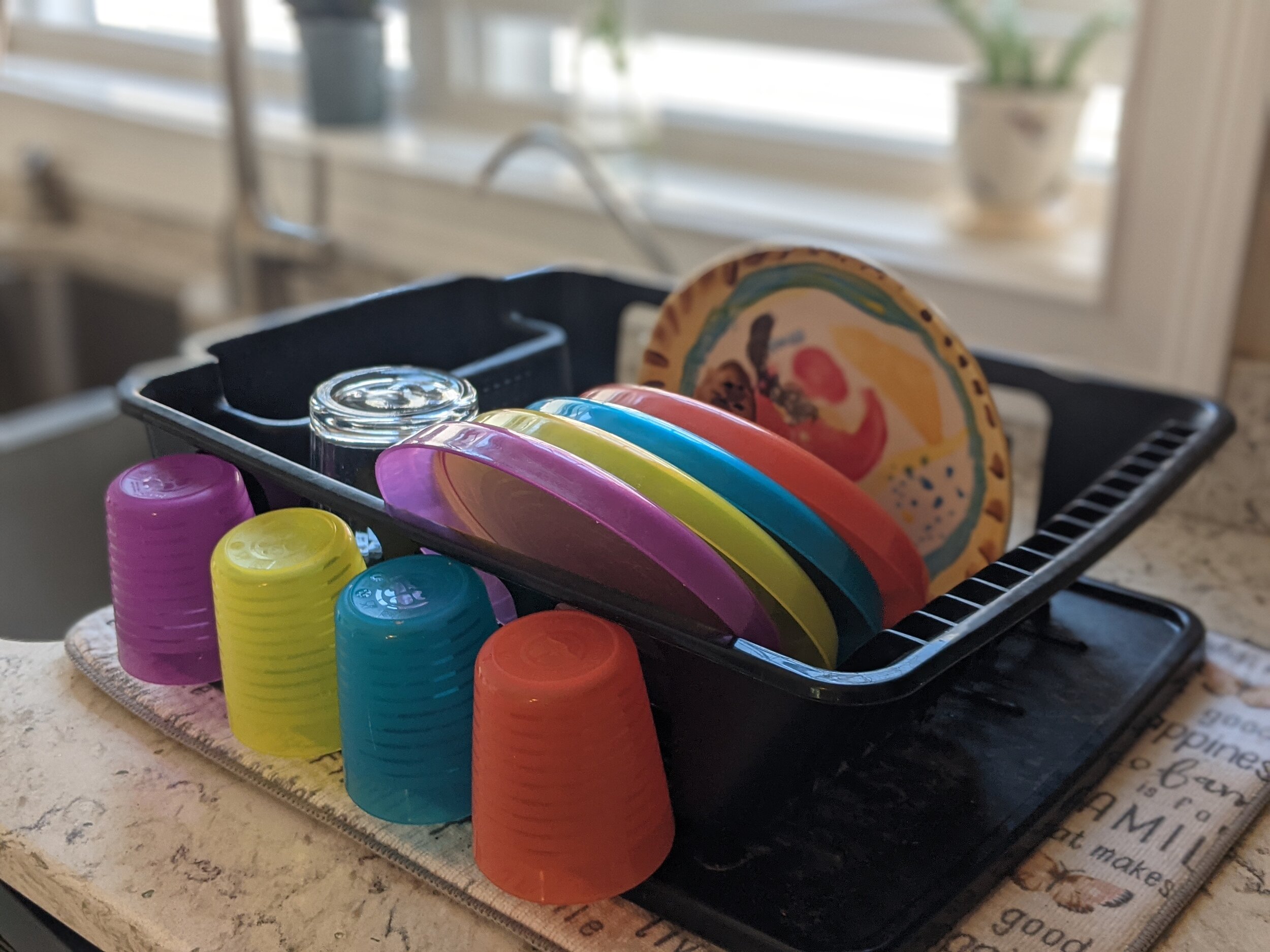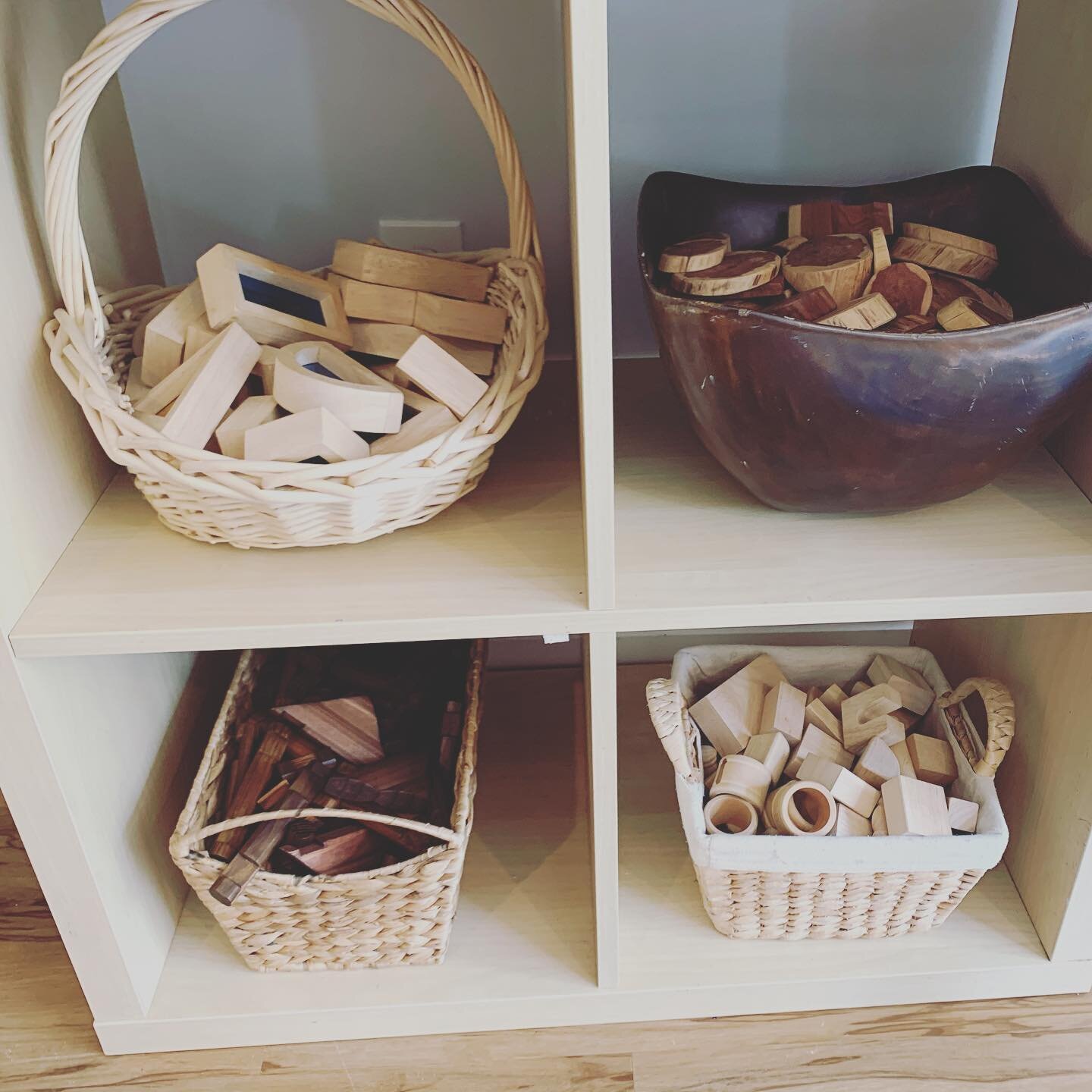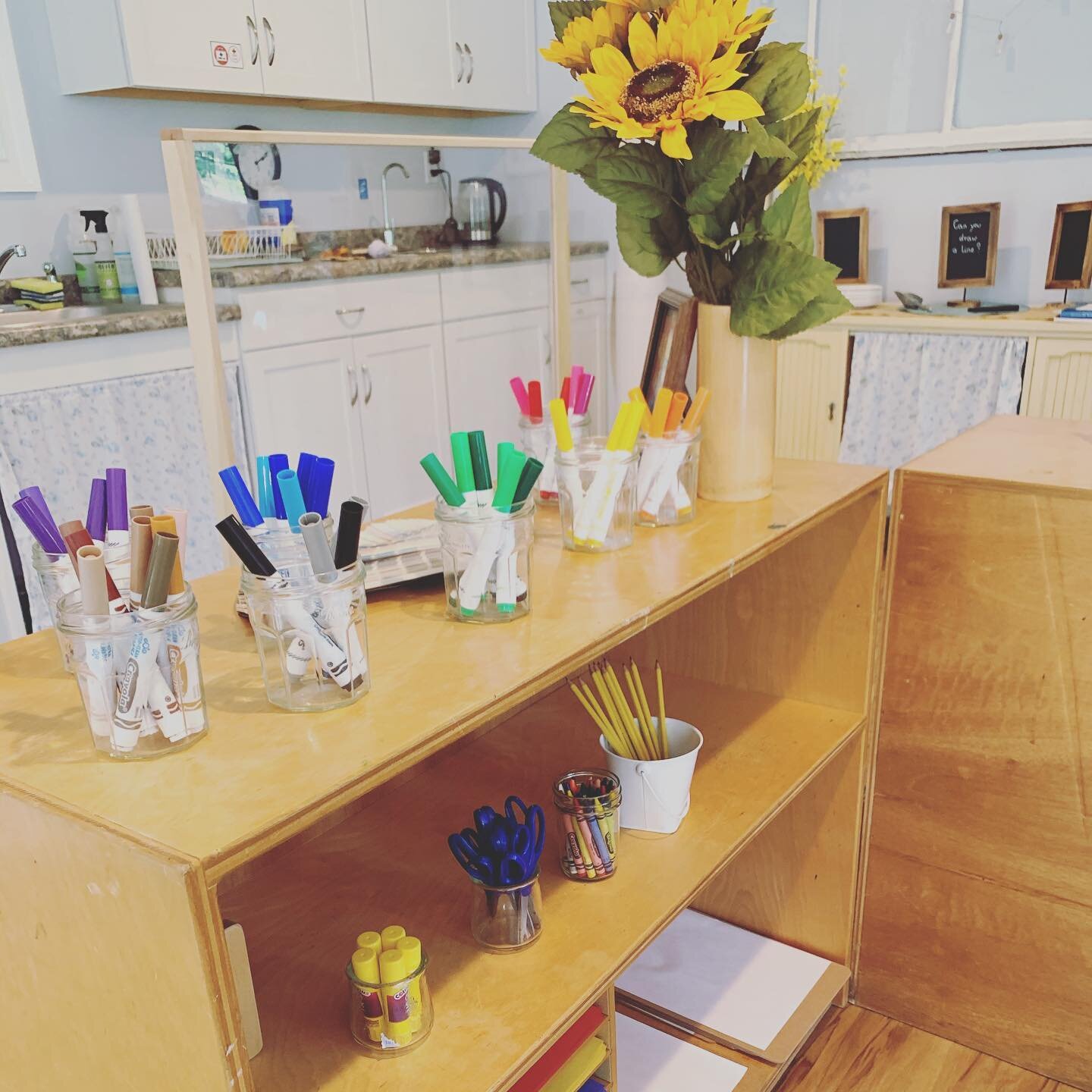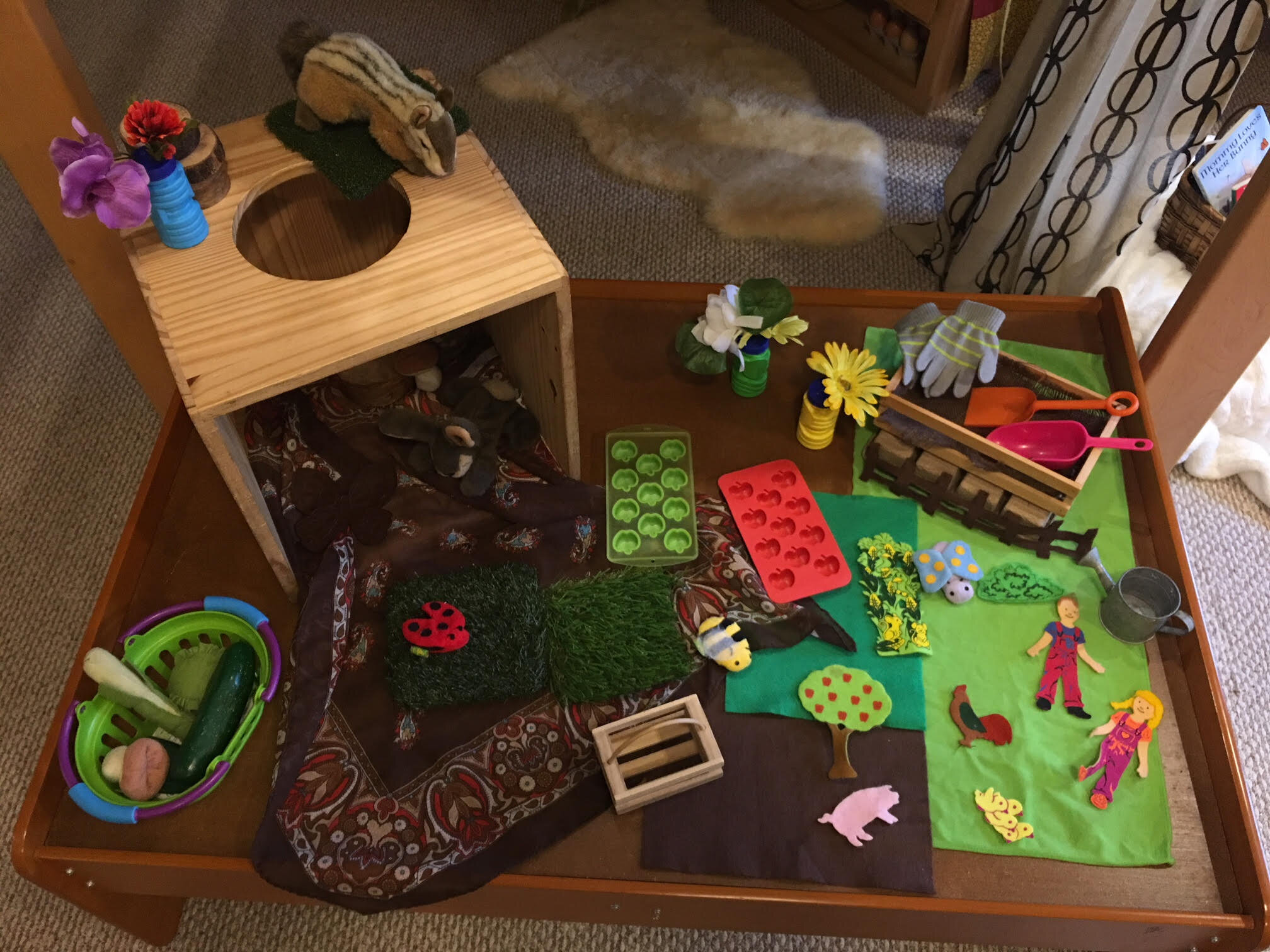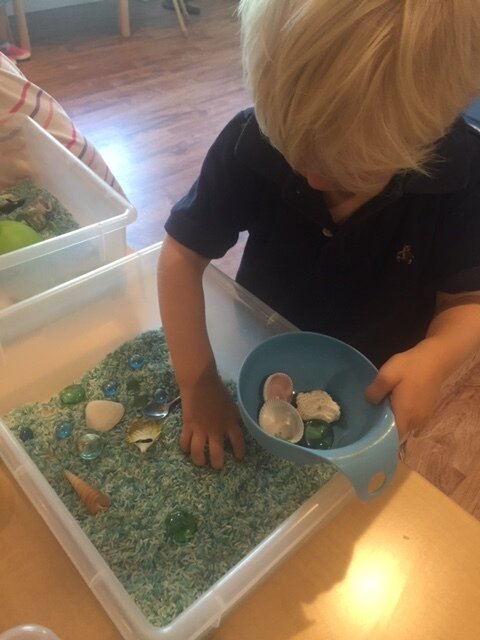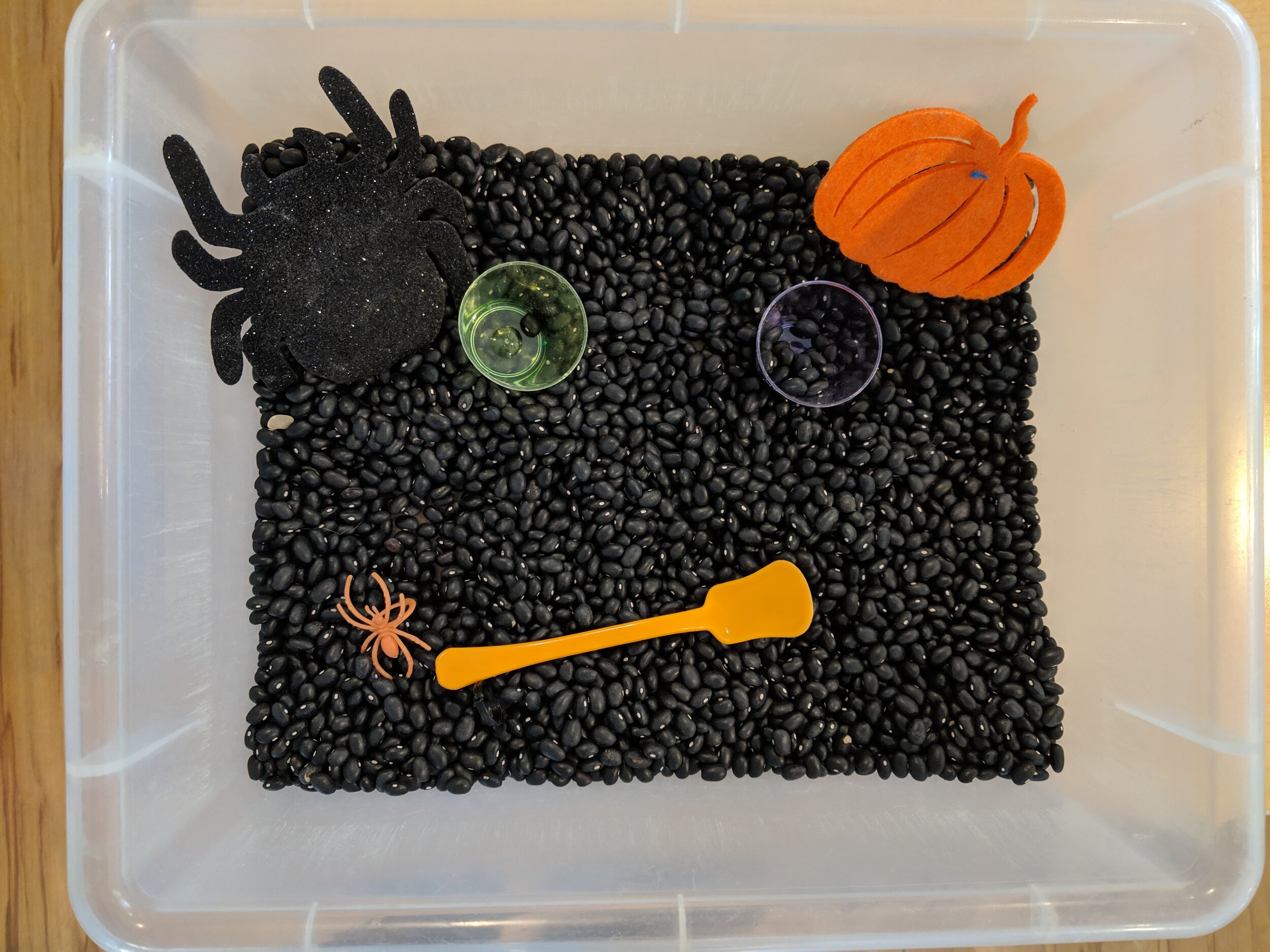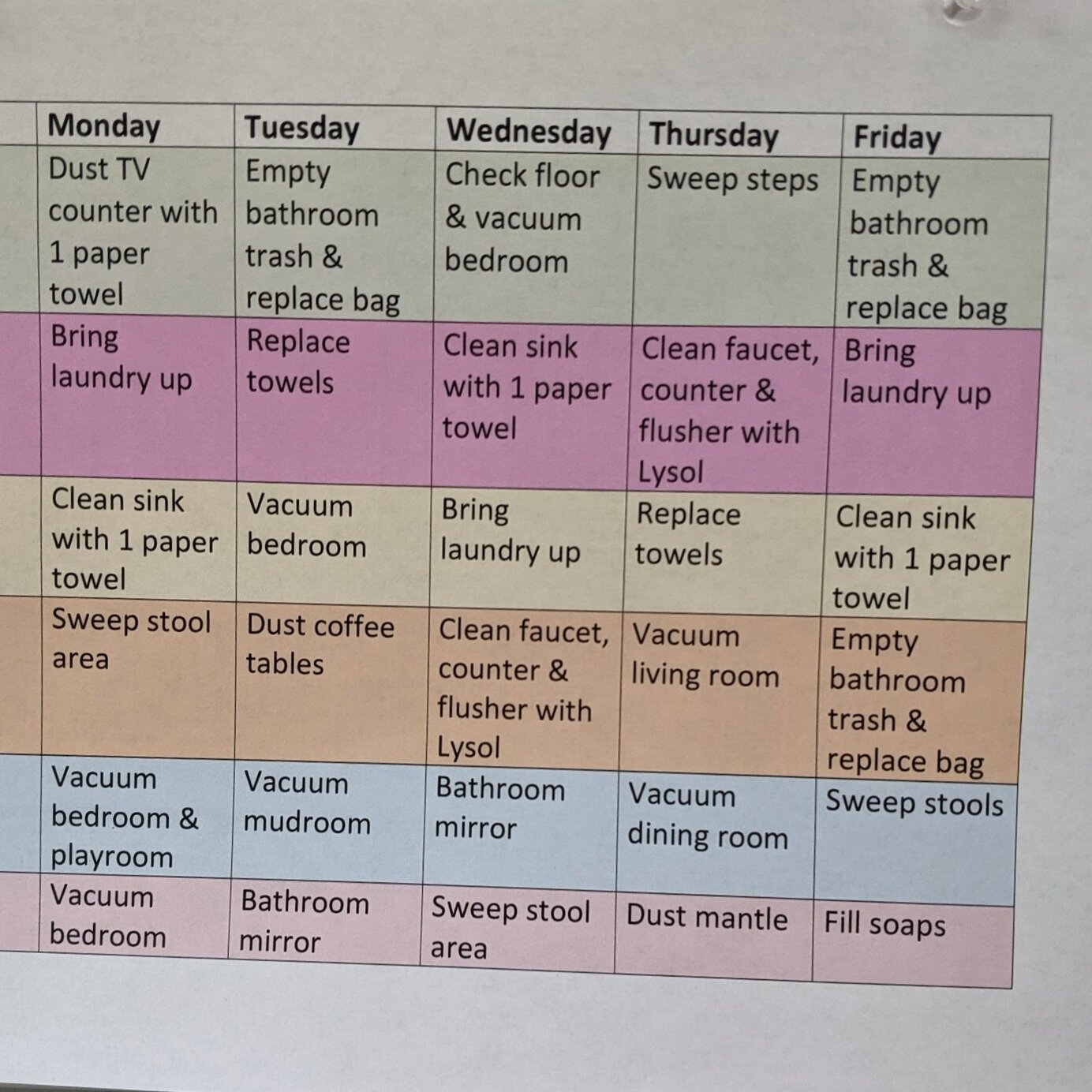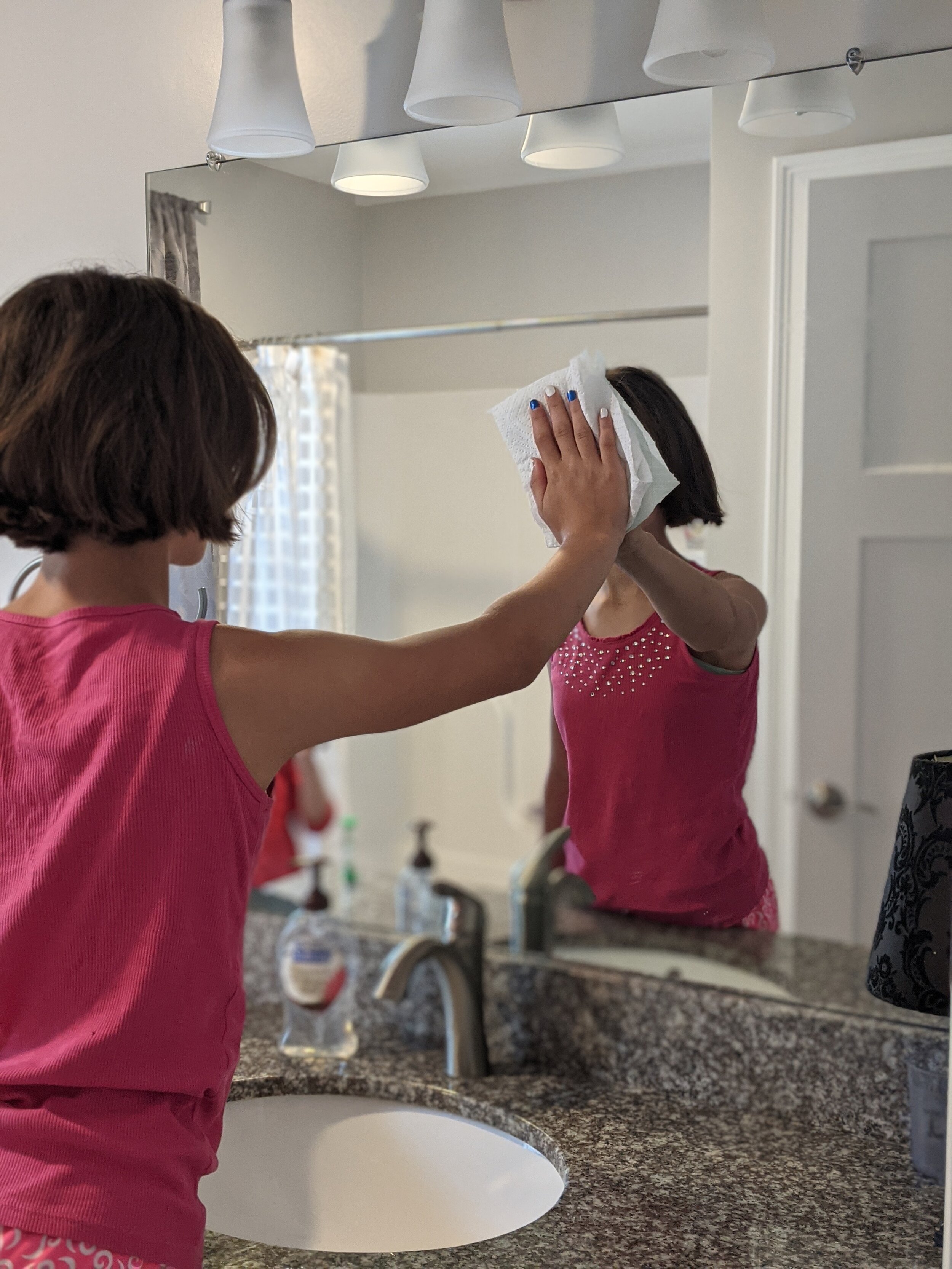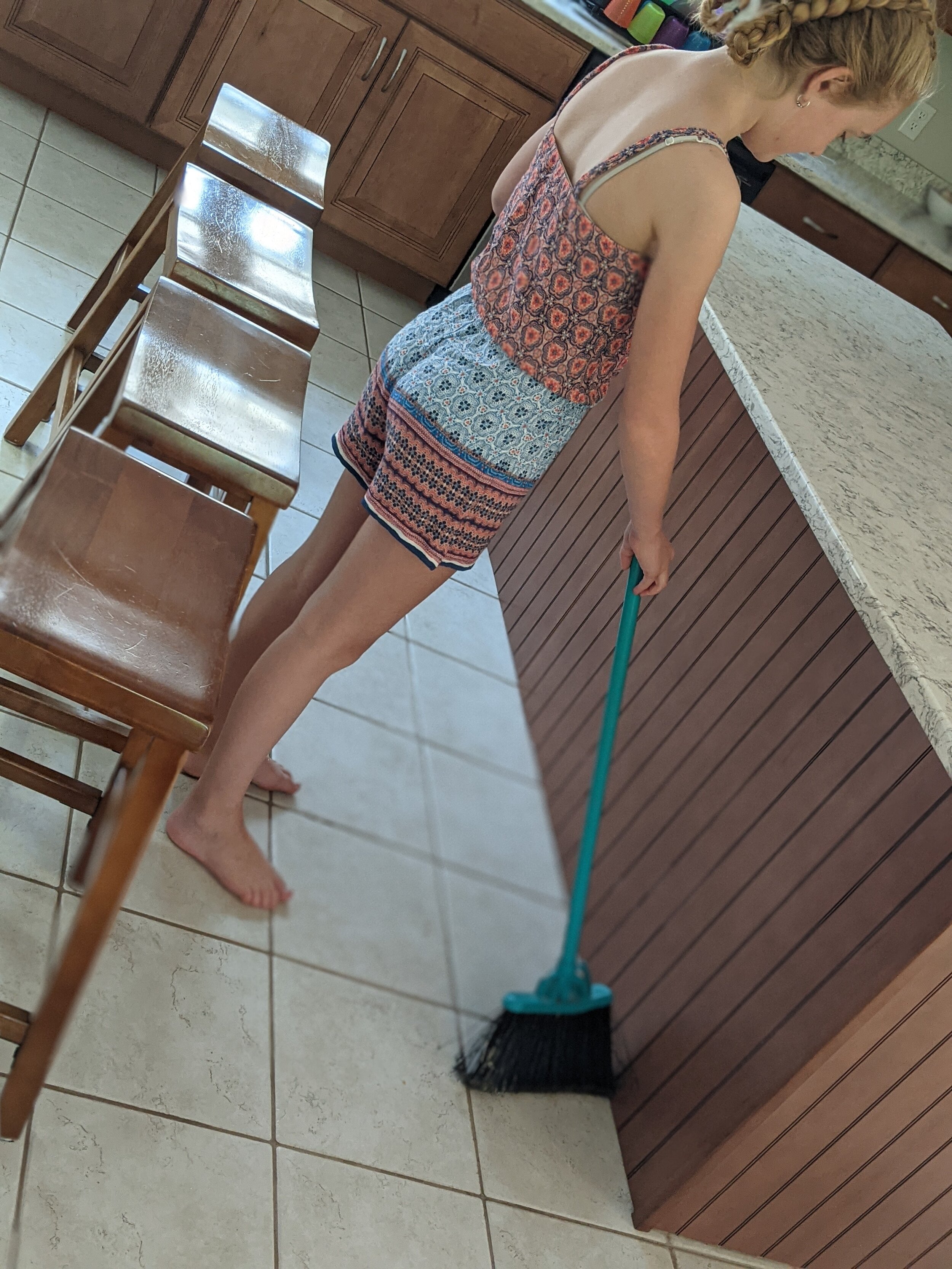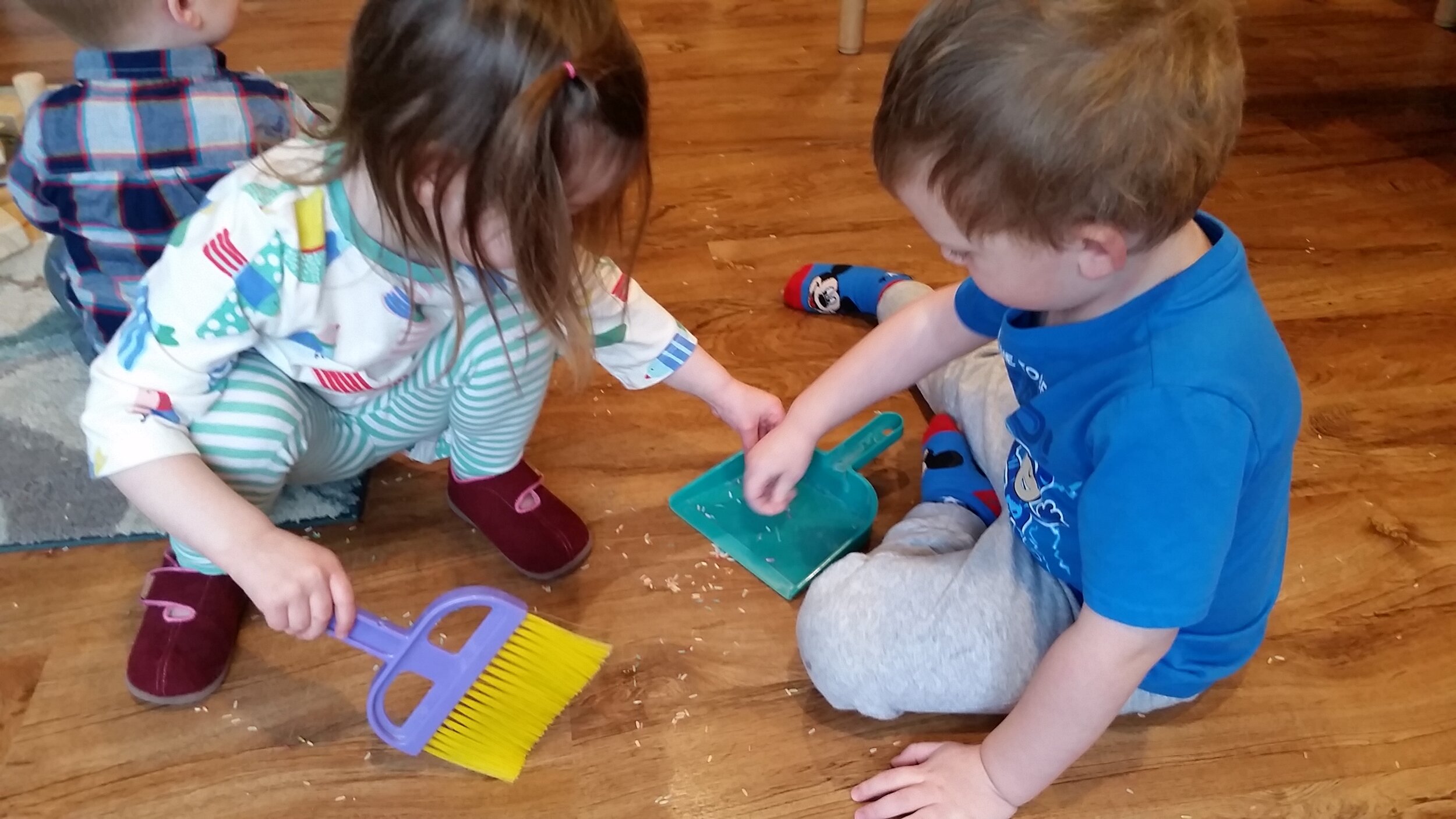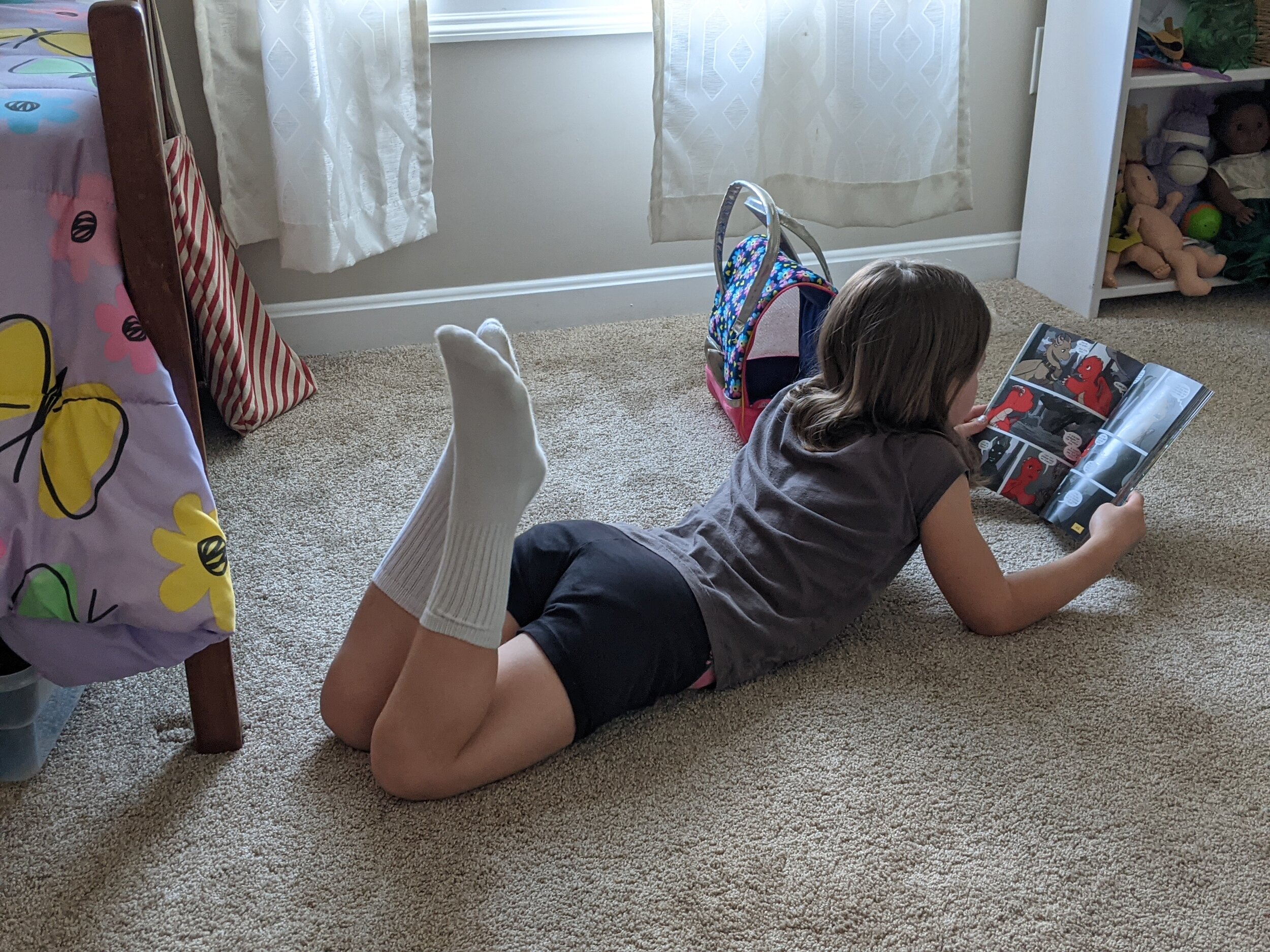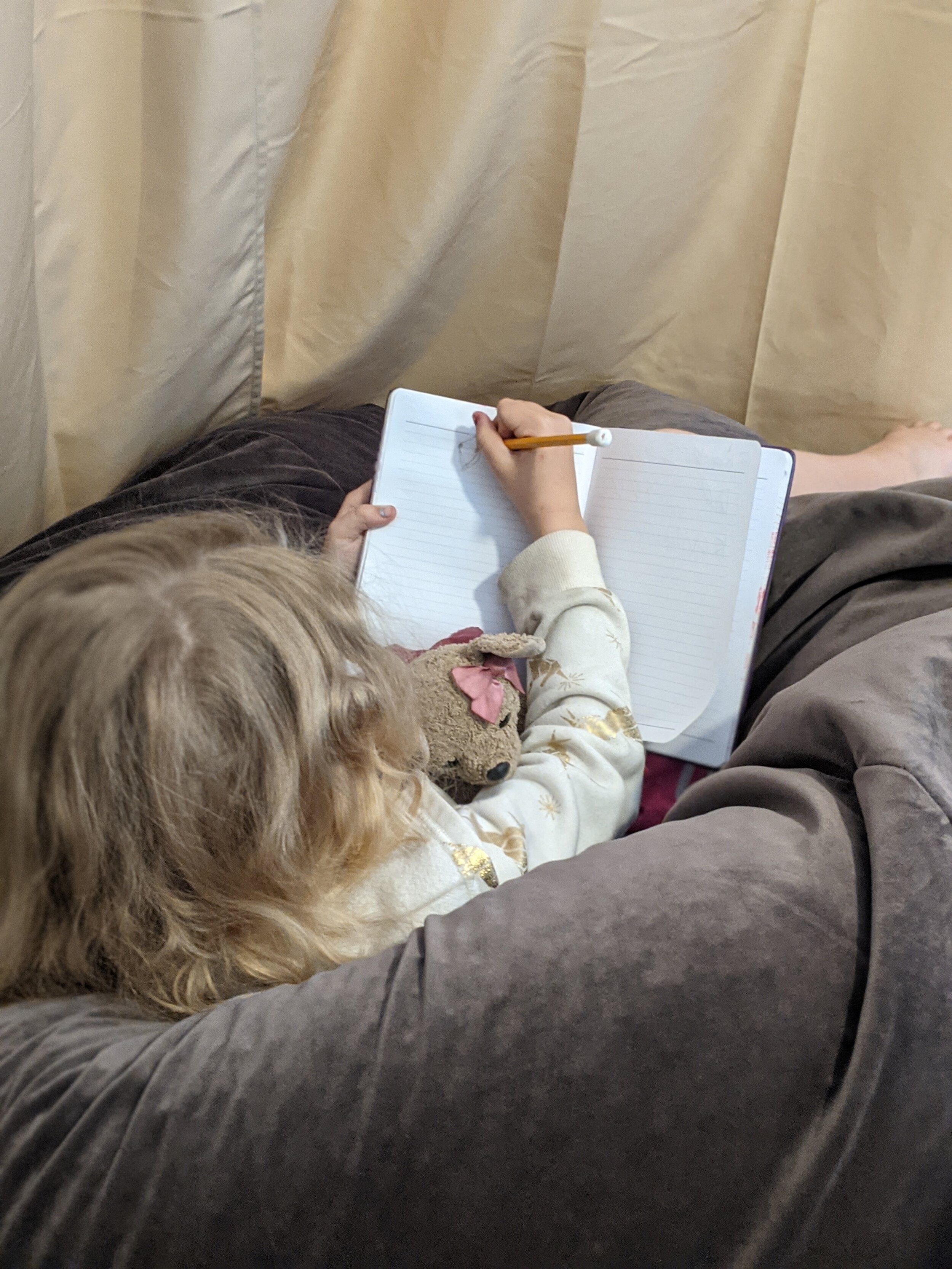How We Transform Chaos into Harmony—And You Can Too!
SECRETS TO CREATING BALANCE, ORGANIZATION, & PEACE IN YOUR EVERY DAY
Whether your days are spent in your home or an early education classroom, life with littles is relentless. One moment rolls into the next and the next, and soon an entire day has slipped past. As a result, our minds, homes, and classrooms can get cluttered and disorganized without us even noticing. True to our name, at Harmony, we are overjoyed to have mastered the art of creating smoothly flowing organization systems to make our littles-laden world go ‘round. (We honestly don’t think we could function any other way.) The great news? If we can work this magic, anyone can. The secret is stepping back, assessing your environment, and making a handful of small changes…
Establish Great Systems
I once had a college professor who attributed behavior problems directly to poor systems—if kids were failing, a better system was the solution. I have found this to be extraordinarily true in both my personal and professional life. So many critical executive functioning skills are developing during early childhood and the early elementary years—sustaining focus on a task, self-control over inappropriate behaviors, problem-solving, mentally retaining and executing short-term instruction, recalling and executing long-term rules and expectations... Solid structure, routine, and clear, consistent expectations help children understand what is expected of them and achieve success.
…AT HOME
Three years ago, my husband and I adopted three sisters from foster care and overnight, we went from a family of four to a family of seven. It was a huge adjustment in every aspect of life, but thankfully, at Harmony, we had successfully created high-performing classroom systems well ahead of this big change. Newly chasing five children, I learned very quickly to replace my Type-A, hyper-detailed, do-everything-for-everyone-because-I-want-it-done-my-way tendencies with age-appropriate, efficient systems that would keep our household running smoothly without driving myself into the ground. These systems have been tested at every angle by our now six children—we recently took in another foster and today have six amazing kids ages 6 to 12 under our roof—and day after day, we see the proof in the pudding…the systems work!
To stave off potential conflict points, we assigned every family member a permanent seat in our car and at the dining table, as well as a particular color of dishware (which—bonus!—immediately clues us in to who leaves things behind). We do laundry all week, and every Saturday morning, the resulting mountain of clothes fills our living room and the children are each responsible for finding their clothes and matching their socks. Kids under age 10 sort their clothes in open shoe boxes in their drawers—as long as like-items are stored together, we don’t worry about folding. By age 10, the kids are expected to fold their clothes. Bedtime is 7 pm on the dot every night, at which point, the kids are allowed to read, write, or draw quietly in bed until their lights-out timers sound. Our expectations are high, but incredibly attainable thanks to clear, consistent expectations and a predictable routine. Most nights, shortly after our 7 pm tuck-ins, my husband and I are cleanly, (joyfully!) untethered from the day’s parenting.
…AND IN THE CLASSROOM
At Harmony, carefully plotted systems likewise keep our daily operations at an even hum. Our teaching teams are in constant communication—ironing out bumps in classroom flow and mitigating chaos during transition times. In each classroom, one teacher preps snack first thing in the morning, while the other readies a curriculum-related discussion prompt to greet children and steer them toward the day’s learning focus. We very intentionally organize outdoor gear, arrange snacks, and teach children to clean up their spaces in ways that encourage and maximize their independence. Classroom items are always put back in a specific way so that they are ready for the next child to use them—and we teach the children how to do all this during Morning Meetings.
Though it took time for us to develop and perfect these systems, each step has become so routine to all of us, it’s now second nature, and creates predictability, calm, and—you guessed it—Harmony, for adults and children alike.
Calendars & Schedules
With these systems in place, the next, most vital method within our organizational madness is to schedule e-v-e-r-y-t-h-i-n-g. Write it down. Make it official. And post it for all involved parties to see.
At home I created a Command Center—a giant whiteboard outlining the weekly calendar. Each child has a different color marker—in just a glance, any of us can see who has what happening which day at what time. All standing activities stay put—gymnastics, dance, choir, violin... I layer in extras within the upcoming week—doctor visits, meetings, birthday parties, visitors we’re preparing for... Keeping our happenings prominently posted helps my kids orient to our family routines and special events without constantly having to ask. The cry of “Mommmmaaaa?” times six gets old really fast!
At Harmony, our Director works with each teaching team to schedule the weekly and monthly behind-the-scenes tasks that run our classrooms—changing math manipulatives to keep interest piqued, arranging seasonally based play invitations to bring the magic of the outdoors inside, posting new artwork and photos of the children at work—e-v-e-r-y-t-h-i-n-g is done on a schedule to ensure every detail is addressed.
Personal Responsibility
By preschool, every child should be presented with age-appropriate ways they can contribute to their environments. Caught up in the frenetic pace of daily life, it’s easy for us to fall into the trap of feeling it’s easier to just do everything ourselves. With the youngest children, this is definitely true—the littlest littles execute tasks at a painfully slow pace and usually create a bigger mess in the process. However, fostering a culture of contribution is extremely important to character development and responsibility. When we lay the foundation that children are expected to participate in caring for their home and school environments when they are young, we will reap the rewards as they grow and become fully capable of contributing in ways that are legitimately helpful.
Each day at my house, children under 5 make their beds, clear their dishes, and clean up after themselves. At age 6, they start to have assignments on our daily chore chart. Everyone completes one assigned task before we start our day. By age 9, children help with rotating lunch prep once a week. What’s incredible is that with this structure and expectation in place, not only is there no push-back—gaining household responsibilities has actually become an exciting rite-of-passage at these special birthdays. (Unwittingly training my kids to look forward to chores? I swoon!) For extra tasks around the house, we offer the opportunity for paid chores, with the caveat that they must be completed with a willing spirit and a good attitude…because as with any job, you could get fired for a grouchy, uncooperative presence.
Want to download our editable CHORE & PAYDAY CHART and CLASSROOM PLANNER? Click here!
In our classrooms, we recognize that our early educator roles include instilling independence and personal responsibility in our students—freeing them for future intellectual learning once these skills are mastered. We intentionally build in time each day for children to participate in tidying the classroom during transitions, and to work independently at snack time, when dressing for outdoors, and going to the bathroom. Creating space for practicing these skills takes an enormous amount of caregivers’ time and patience, so it must be pre-built into to the structure of each day. By the time children reach our Multi-Track Kindergarten, they are fully equipped to be assigned daily classroom chores—and they typically anticipate and execute their duties with pride.
Rest
I don’t have to tell you the demands of caring for young children take a toll. There is such a high level of audiovisual stimulation to mentally process at every…single…moment. Without even realizing it, we are constantly thinking two or three steps ahead, all day...every day. To truly be the best leaders for our children and students, it’s vital that we hold ourselves accountable for our own need to rest.
At home, I cannot possibly be a nice version of myself by 4 pm if I have been “on” since daybreak. Homeschooling and raising six children while running a business is extremely taxing. For my boisterous ship-of-eight to stay afloat, carefully plotted boundaries around my time are imperative. And thus…every afternoon, we have 90 minutes of silence in our house. The kids retreat to their rooms to read or play quietly, and parents catch up on work. I make every effort to lay down for 15 of these glorious minutes of silence to shut out the demands of the day. This quiet, solitude, and break from each other is profoundly rejuvenating for all of us…and our single biggest predictive factor to a harmonious evening together.
Harmony is built around the central idea that young children need time to “breathe in” and connect—as a group, through conversation, songs, and constant, intentional warmth and eye contact. Moments of connection within our classroom routines are strategically scheduled to re-center each child. Once re-centered, or “refueled,” we create space for children to “breathe out,” or move beyond themselves—allowing time to freely explore the classroom, work with teachers on emerging skills, and plunge into gross motor play outside. A continual dance of breathe-in and breathe-out moments anchor our school days and keep our classrooms operating…wait for it…in Harmony.
There have been many days over the years when the magic of these systems at work blew my mind. But if I can do it with my boisterous ship-of-eight; if we can do it at Harmony with dozens of children, you can absolutely do it, too. During your next quiet moment, consider your everyday routine… When you step back to look at your own big picture, and reflect on what has worked for our gaggle of littles, we feel confident you can gain inspiration to begin to implement some simple changes to your routine, shifting your days into the effortless hum of autopilot and transforming any stray moments of chaos into…wait for it…Harmony.
We’d love to see any Harmony-inspired moments you capture along your child’s early years journey. Tag us (@HarmonyNLC) on Facebook and Instagram, and use the hashtags #HarmonyNaturalLearningCenter #TheHarmonyApproach #HarmonyNLC
______________________________
Interested in introducing more of The Harmony Approach to your preschooler at home? Check out Harmony at Home today (FREE activities available).
Now accepting Multi-Track Kindergarten applications for the coming school year—a great option for an upper preschooler too! Schedule Your Tour today!




